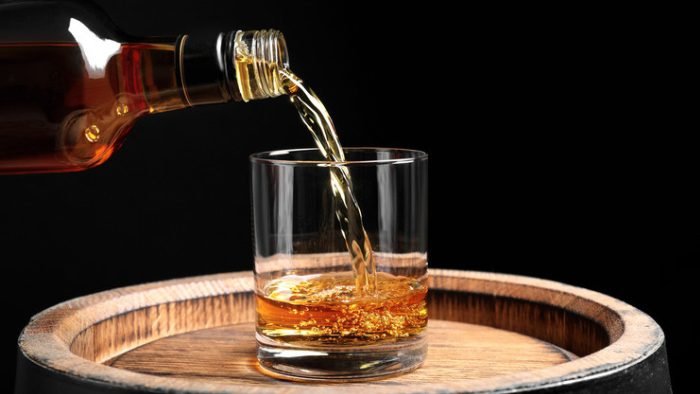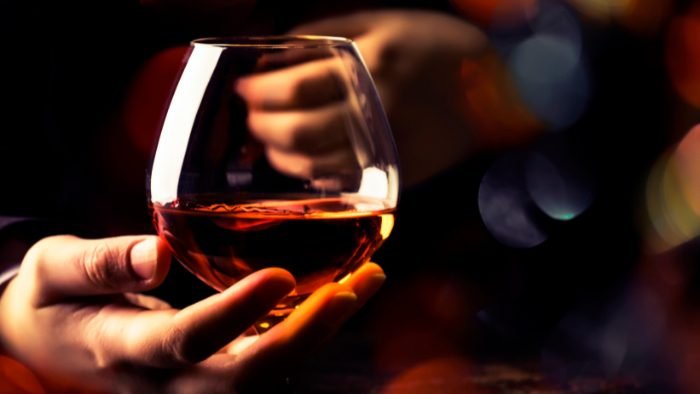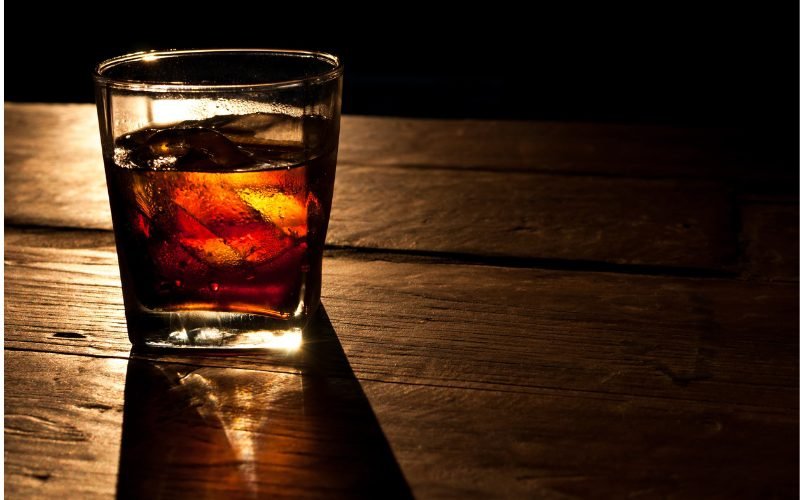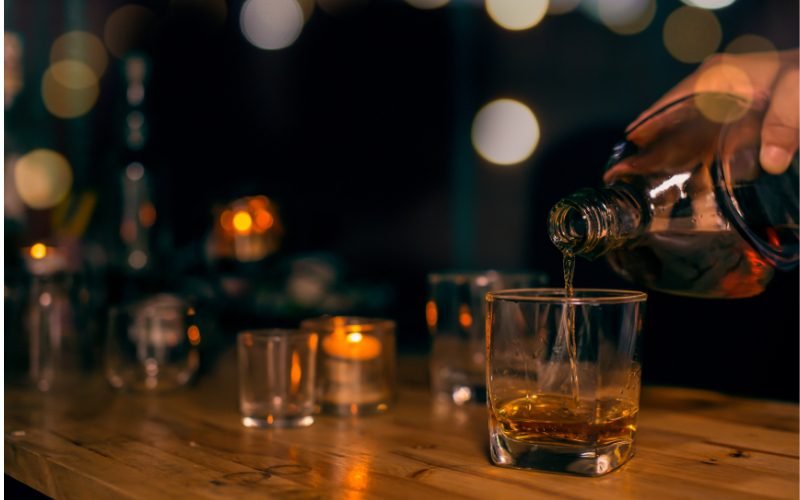Cognac is a prestigious type of brandy, crafted exclusively in the Cognac AOC (Appellation d’Origine Contrôlée) of Western France. With its strict production regulations and long ageing process, Cognac is regarded as one of the world’s finest spirits.
Let’s explore its origin, production process, ageing classifications, and the best way to enjoy this luxurious beverage.
What is Cognac Made Of?

Cognac is primarily made from Ugni Blanc, a high-acid, low-sugar grape variety that forms the base of this refined spirit. It is preferred for Cognac production because:
- Low sugar content → Produces a base wine with low alcohol, ideal for double distillation.
- High acidity → Ensures great ageing potential.
- Neutral aroma → Allows the distillation process to enhance its character.
Other permitted grape varieties include Folle Blanche and Colombard, though they are used less frequently.
How is Cognac Made?
1. Harvesting & Fermentation
Grapes are harvested in the autumn season and immediately pressed to produce a dry, acidic wine with low alcohol.
Fermentation happens naturally without added sugar.
2. Double Distillation
Cognac undergoes two rounds of distillation using copper pot stills (Charentais stills), which:
- Concentrate flavours
- Increase alcohol strength
- Remove unwanted impurities
3. Ageing Process
To be called Cognac, the distilled spirit must be aged in French oak barrels for a minimum of two years. The ageing process enhances Cognac’s texture and flavor, adding notes of:
Vanilla & caramel (from oak)
Dried fruit & spice (from oxidation)
Cognac is typically aged in new oak barrels first, then transferred to older barrels to prevent excessive wood influence.
4. Blending & Bottling
Master blenders mix Cognacs of different ages and sub-regions to create a harmonious final product. Some distillers may add sugar (for smoothness) and caramel (for color consistency).
What Makes a Brandy Cognac?
A spirit must meet four key requirements to be classified as Cognac:
- Made in Cognac, France
- Distilled twice in copper pot stills
- Made from Ugni Blanc, Folle Blanche, or Colombard grapes
- Aged for at least two years in oak barrels
Cognac Age Classifications & Labels
The age statement on a Cognac bottle refers to the youngest spirit in the blend. Here’s a breakdown:
- VS (Very Special) – Aged at least 2 years, offering fresh fruit and oak aromas.
- VSOP (Very Superior Old Pale) – Aged at least 4 years, with richer flavors and a smoother texture.
- XO (Extra Old) – Aged at least 10 years, developing complex notes of spice, dried fruit, and chocolate.
- XXO (Extra Extra Old) – Aged at least 14 years, creating a luxurious, velvety profile with deep flavors.
Fun Fact: While ageing affects the flavor and texture, it doesn’t necessarily determine quality—older doesn’t always mean better!
How to Drink Cognac?
Best Way to Enjoy Cognac
Cognac is best appreciated neat, allowing its aromas and flavors to shine.
- Use a Snifter Glass → Its wide bowl and narrow rim concentrate the aromas.

- Drink at Room Temperature → Enhances Cognac’s full bouquet.

- Add a Few Drops of Water → Helps release hidden aromas.

Alternative Ways to Enjoy Cognac
- On the Rocks → Chilling smooths out strong alcohol notes.
- Cognac Cocktails → Classic choices include Sidecar, Sazerac, or Cognac Old Fashioned.
Why Cognac is a Must-Try Spirit

Cognac isn’t just a drink—it’s a symbol of craftsmanship and heritage. Whether you’re a spirits enthusiast or a beginner, it’s worth exploring for its rich history and diverse styles.
Did you enjoy reading this article? Click here and explore exciting blogs on wines and spirits on our website and expand your beverage knowledge.

